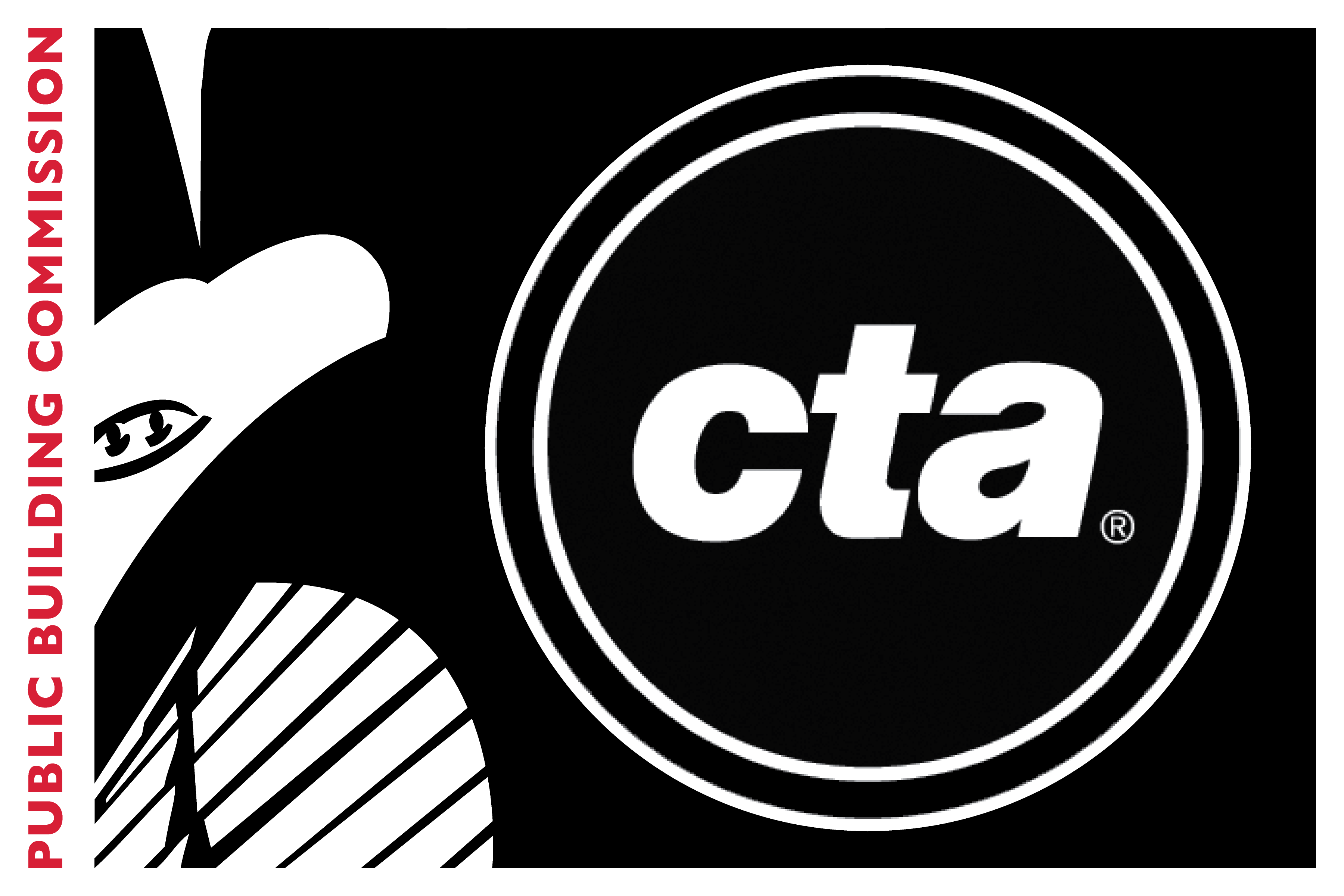

Transcription initiation, whereas promoters with high CpG content tend to contain other less well-characterized motifs andĪre thought to be associated with a broader pattern of transcription initiation ( Lenhard et al. The different motifs have been associated withĭifferent functions for example, the TATA box is often enriched in developmental promoters and show a “sharp” pattern of 2007), suggesting that other motifs might have evolved for different functions. In 10%–20% of metazoan core promoters ( Yang et al.

The most well-known core promoter motif is the TATA box, yet the TATA box is only present It is now known that core promoters are a diverse set of sequences containing specific DNA sequence motifs, also termedĬore promoter elements or motifs. RNA polymerase II and binding general transcription factors ( Roy and Singer 2015 Haberle and Stark 2018). The core promoter is the ∼100-bp region around the transcription start site and is responsible for accurately positioning Of gene expression is governed by enhancers and chromatin features or by enhancer-promoter compatibility is crucial to understandingĪ variety of biological processes including cell type–specific regulatory programs and models of gene evolution. In distinct genomic environments, which we refer to as the “promoter compatibility” hypothesis. Model in which core promoters with different sequence elements respond specifically to the enhancers and chromatin features 2017), arguing that enhancer-promoter compatibility contributes to specificity in the genome. Respond to distinct classes of enhancers ( Zabidi et al. More recently, a genome-wide massively parallel reporter assay (MPRA) showed that housekeeping and developmental core promoters


Some transcription factors also preferentially activate core promoters containing specific motifs ( Emami et al. 2009) and can even trap different enhancers at the same genomic location ( Butler and Kadonaga 2001). Promoters are specific for distinct sets of enhancers ( Li and Noll 1994 Merli et al. Several studies suggest that different core However, some examples of core promoter specificity seem to challenge this model. Transcriptional machinery, whereas the specificity of expression is provided by distal enhancers and the chromatin landscape. In the classical model of gene regulation, the core promoter serves as a universal platform for the assembly of the basal Promoters, which are then amplified or dampened by the activities of their genomic environments. Results support the classical model of regulation in which diverse core promoter motifs set the intrinsic strengths of core Scaling of promoter activities is nonlinear and depends on the genomic location and the strength of the core promoter. The intrinsic activities of different classes of promoters were preserved across genomic locations, suggesting that core promotersĪre modular regulatory elements whose activities are independently scaled up or down by different genomic locations. Although genomic locations had large effects on expression, To distinguish between these models, we measured theĪctivities of hundreds of diverse core promoters in four different genomic locations and, in a complementary experiment, sixĭifferent core promoters at thousands of locations across the genome. Hypothesis in which specificity is achieved by core promoters with different sequence motifs that respond differently to genomicĮnvironments containing different enhancers and chromatin landscapes. However, examples of core promoter specificity have led to an alternate The assembly of the basal transcriptional machinery. A classical model of gene regulation is that enhancers provide specificity whereas core promoters provide a modular site for


 0 kommentar(er)
0 kommentar(er)
